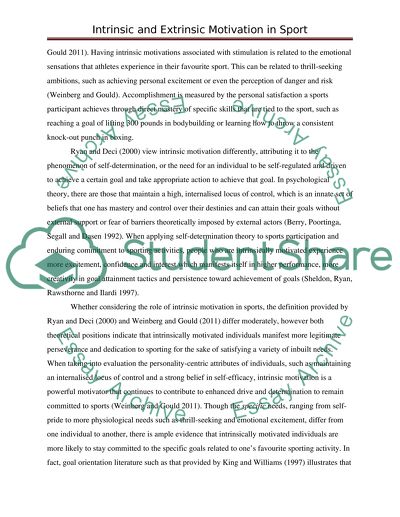Cite this document
(“Sport Psychology - An assessment of the roles and effects of intrinsic Essay”, n.d.)
Sport Psychology - An assessment of the roles and effects of intrinsic Essay. Retrieved from https://studentshare.org/psychology/1478138-sport-psychology-an-assessment-of-the-roles-and
Sport Psychology - An assessment of the roles and effects of intrinsic Essay. Retrieved from https://studentshare.org/psychology/1478138-sport-psychology-an-assessment-of-the-roles-and
(Sport Psychology - An Assessment of the Roles and Effects of Intrinsic Essay)
Sport Psychology - An Assessment of the Roles and Effects of Intrinsic Essay. https://studentshare.org/psychology/1478138-sport-psychology-an-assessment-of-the-roles-and.
Sport Psychology - An Assessment of the Roles and Effects of Intrinsic Essay. https://studentshare.org/psychology/1478138-sport-psychology-an-assessment-of-the-roles-and.
“Sport Psychology - An Assessment of the Roles and Effects of Intrinsic Essay”, n.d. https://studentshare.org/psychology/1478138-sport-psychology-an-assessment-of-the-roles-and.


